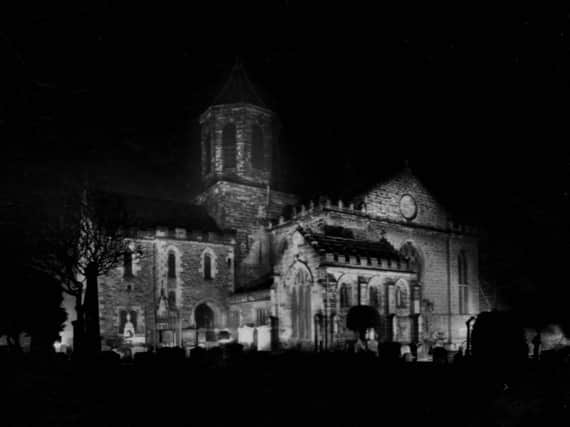Gasworks brought heat and light to the town


In 1829 a group of businessmen formed the Falkirk Gas Company and erected a small manufacturing plant on Callendar Road opposite to where KFC is today. Pipes were laid to private premises and to lamps near the town wells paid for by the famous Stentmasters who ran the town at the time. The project was a success but the partners were accused of exploiting their monopoly to keep prices high and it was not long before a rival entered the market. This was the Falkirk Joint Stock Gas Company which opened works on the canal at Bainsford Bridge in 1846. The competition forced prices down and by 1859 there were 56 lamps in Falkirk town centre and many more premises were being supplied. From then on the ‘‘leerie’’ or lamplighter became a familiar sight in the town and remained so until well into the 20th century.
In those early days gas was often thought of as a novelty. In 1840, to mark the marriage of Queen Victoria and Prince Albert, the window of Mr Dobbie’s shop in the High Street displayed a large V and A made up of 300 jets of flame from brass pipes. Six years later the wooden west face of the steeple clock was replaced by glass with gas lighting behind so that the bairns could tell the time in the dark! Even as late as 1935 the Parish Church was floodlit for a week by gas.
Advertisement
Hide AdAdvertisement
Hide AdBack in 1878 the second company took over the first and the Callendar Road works closed down. This was the great period of municipal corporations and before long the councillors decided that the gas supply should be owned and operated by the burgh. In 1894 they paid £77,000 (£8 million at today’s values) for the plant and pipes and a few years later in 1906 transferred manufacturing to a new works at the end of Etna Road on the canal which made it easy to bring in large supplies of coal. By 1910 it was producing 196 million cubic feet of gas per annum which rose to over 1000 million in the final years of operation. The plant was said to be the largest example of vertical retort gas production in Scotland outside the cities but in 1963 the grid system and later the discovery of North Sea gas ended local manufacture.
The works were demolished in 1969 though the gasometers were still there until comparatively recent years. Today nothing remains on the huge empty site except the red brick perimeter wall.